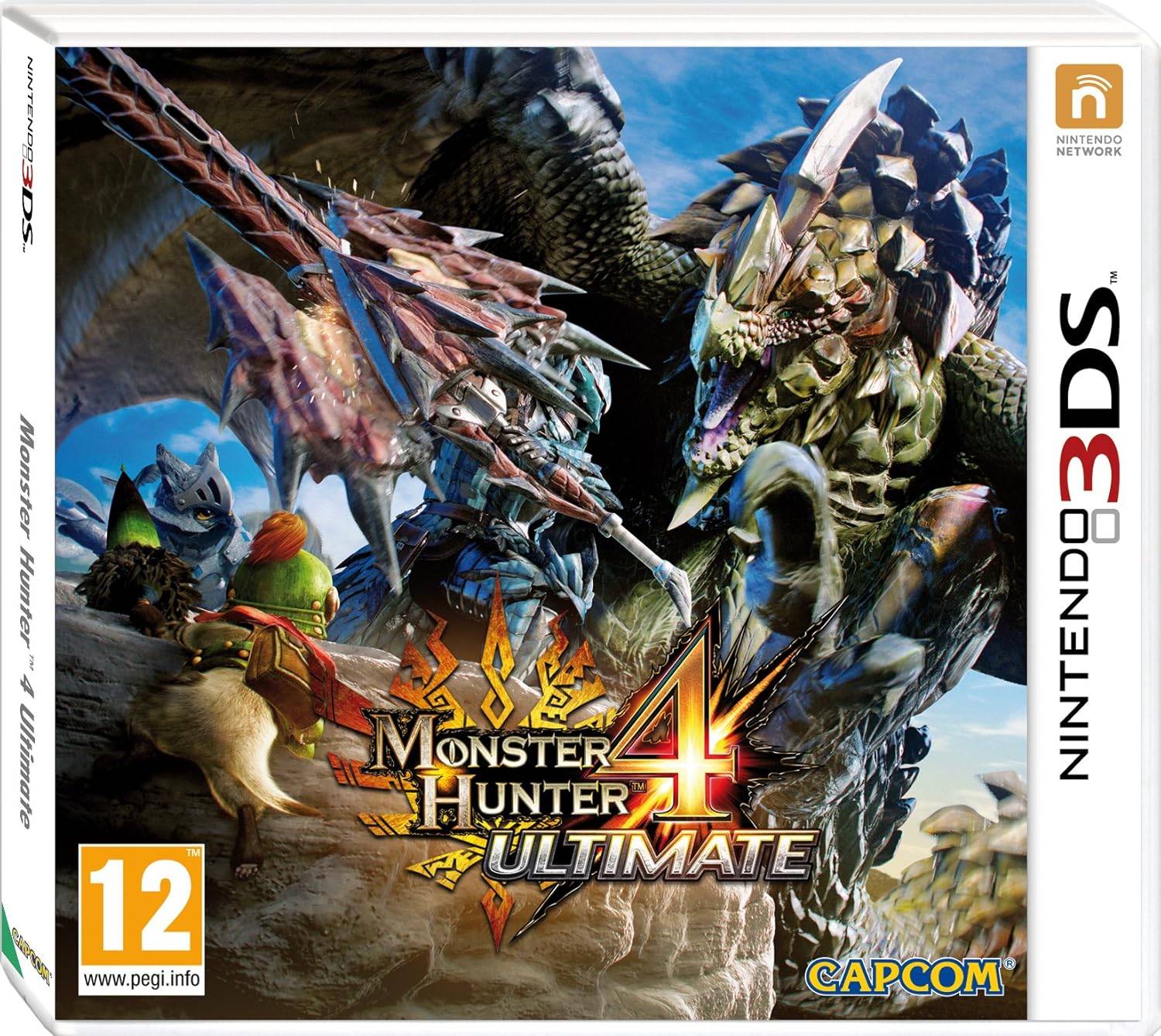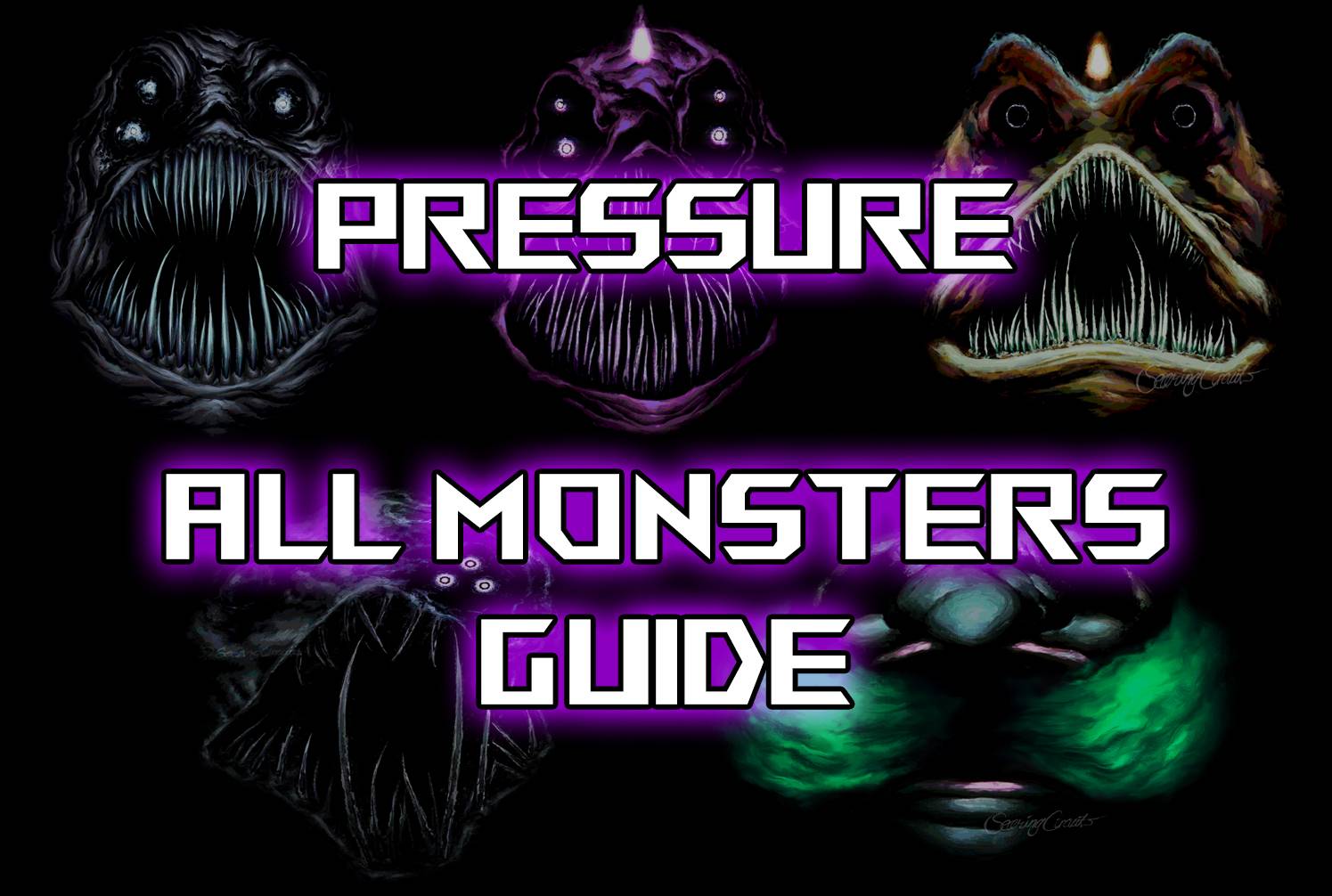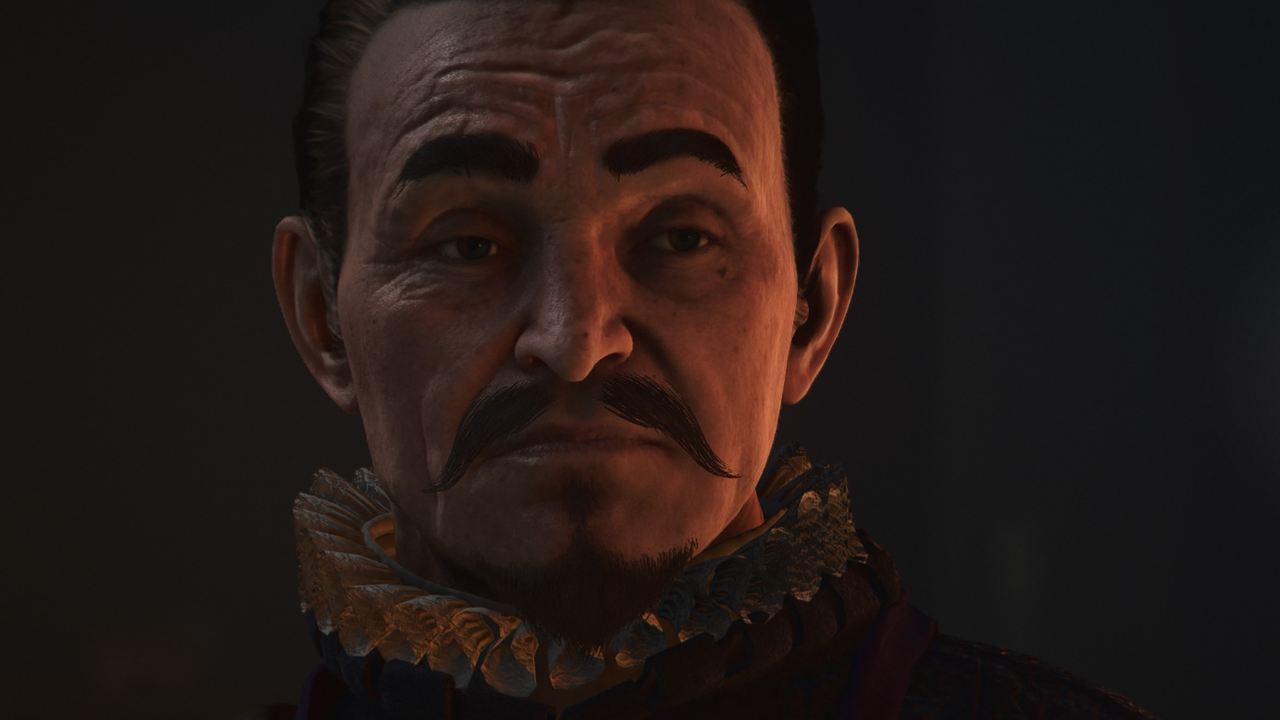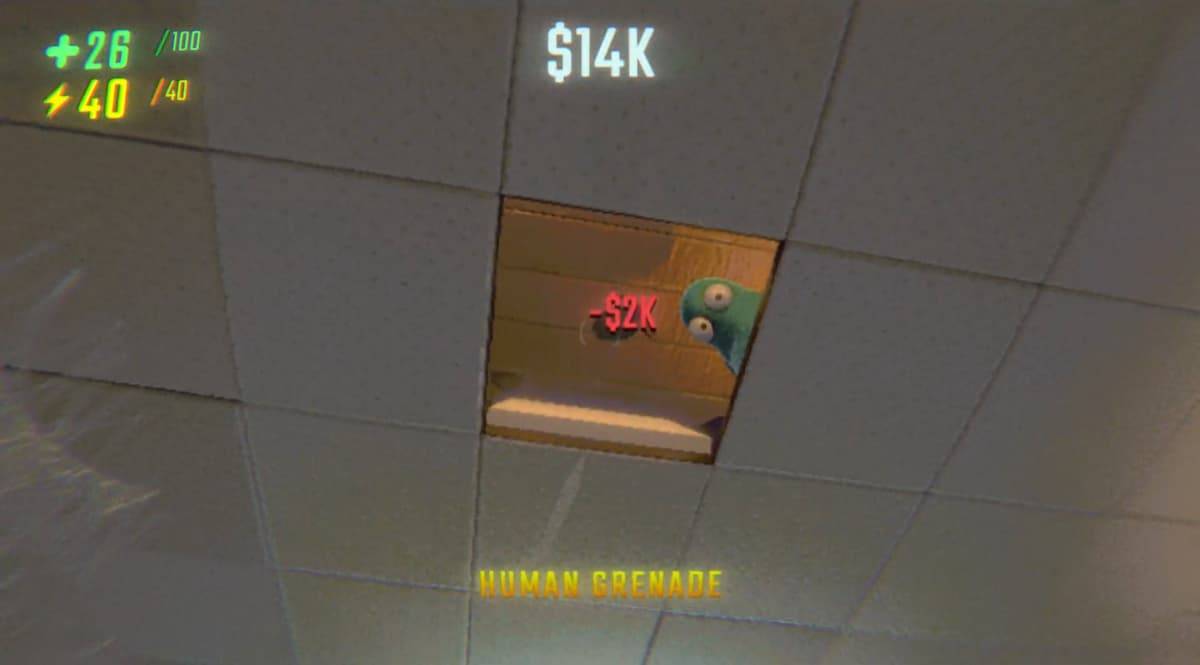During a recent hands-on demo of Doom: The Dark Ages, I found myself unexpectedly reminded of Halo 3. Halfway through the session, I was mounted on the back of a cyborg dragon, unleashing a barrage of machine gun fire across a demonic battle barge. After obliterating the vessel's defensive turrets, I landed my beast atop the ship and charged through its lower decks, turning the crew into a red slurry. Moments later, the warmachine was destroyed, and I burst through its hull, leaping back onto my dragon to continue my crusade against Hell's machines.
This sequence bore a striking resemblance to Master Chief's assault on the Covenant's scarab tanks in Halo 3, albeit with a holographic-winged dragon replacing the Hornet helicopter and an occult flying boat standing in for the giant laser-firing mech. Yet, while the combat core of The Dark Ages remains unmistakably Doom, the campaign's design evokes the feel of late-2000s shooters, with its elaborate cutscenes and emphasis on novel gameplay elements.
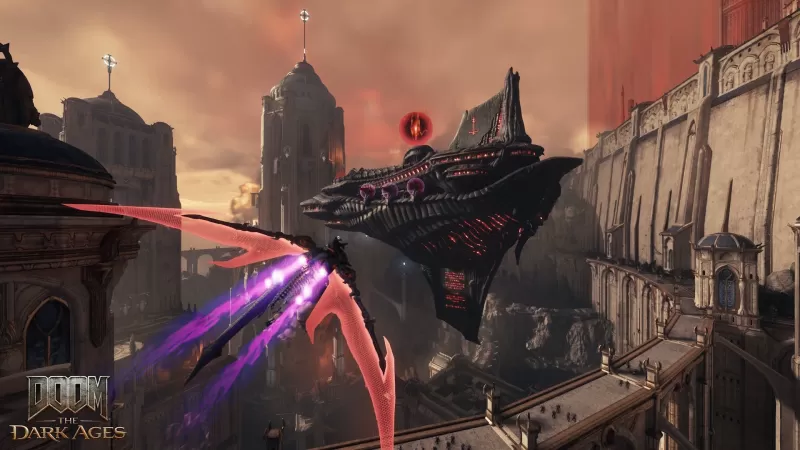
Over the course of two and a half hours, I played four levels of Doom: The Dark Ages. The opening level echoed the tightly-paced, meticulously-designed corridors of Doom (2016) and its sequel. However, the subsequent levels introduced me to piloting a colossal mech, flying the aforementioned dragon, and exploring expansive battlefields filled with secrets and formidable minibosses. This shift marks a significant departure from Doom's usual focus on mechanical purity, feeling more akin to games like Halo, Call of Duty, and even classic James Bond titles like Nightfire, which are known for their scripted setpieces and temporary gameplay mechanics.
This direction for Doom is intriguing, especially given the series' past rejection of similar elements. The cancelled Doom 4 was initially designed with a modern military aesthetic and an increased focus on characters, cinematic storytelling, and scripted events—elements that were ultimately deemed unsuitable for Doom, leading to their replacement with the streamlined approach of Doom (2016). Yet, in 2025, The Dark Ages brings these ideas back into the fold.
The campaign's fast pace is punctuated by innovative gameplay ideas that recall Call of Duty's signature novelties. My demo began with a lengthy and detailed cutscene reintroducing the realm of Argent D'Nur, the opulent Maykrs, and the Night Sentinels—the Doom Slayer's knightly comrades. The Doom Slayer is portrayed as a terrifying legend, a nuclear-level threat on two legs. While this lore is familiar to die-hard fans who've delved into the prior games' codex entries, the cinematic presentation feels fresh and reminiscent of Halo. This theme extends into the levels, where NPC Night Sentinels are scattered throughout, creating a sense that you're part of a larger force, similar to the UNSC Marines in Halo. Although they don't fight alongside you in the levels I experienced, their presence adds to the atmosphere.
The introduction of these characters and the detailed cutscenes raise questions about the necessity of such narrative depth in Doom. I appreciate the subtle storytelling of the previous games, and part of me wishes The Dark Ages had continued in that vein, using environment design and codex entries to tell the Slayer's tale, with cinematics reserved for major reveals as in Doom Eternal. However, the cutscenes in The Dark Ages are used sparingly, setting up missions without interrupting the game's intense flow.
Yet, other elements do interrupt this flow. After the opening mission, which transitions from pure shotgun slaughter to parrying Hell Knights with the Slayer's new shield, I found myself in the cockpit of a Pacific Rim-like Atlan mech, wrestling demonic kaiju. Then, I was soaring on a cybernetic dragon, attacking battle barges and targeting gun emplacements. These tightly scripted levels shift gears significantly, introducing gameplay ideas reminiscent of Call of Duty's standout moments, like the AC-130 gunship sequence in Modern Warfare or the dogfighting missions in Infinite Warfare. The Atlan feels slow and heavy, while the dragon is fast and agile, each offering a distinct experience far removed from traditional Doom gameplay.
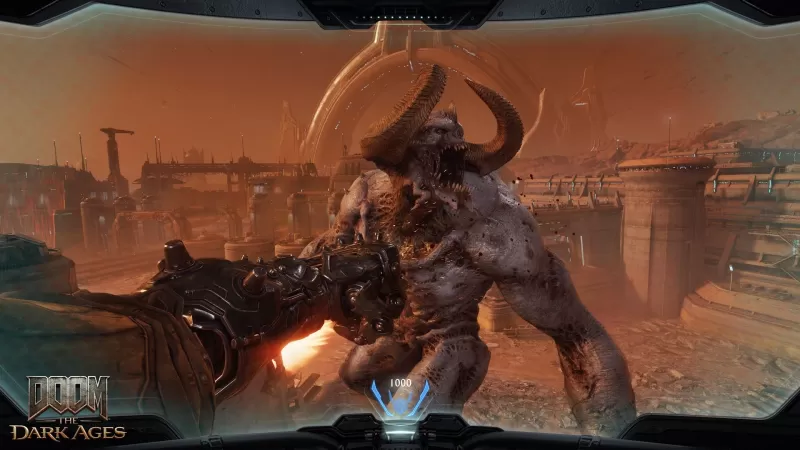
Many acclaimed FPS campaigns thrive on such variety, with Half-Life 2 and Titanfall 2 setting the standard. Halo's longevity is partly due to its mix of vehicular and on-foot sequences, adding rich texture to the experience. However, I'm uncertain about this approach in Doom. While The Dark Ages retains the complex shooter mechanics that demand constant attention, the mech and dragon sequences feel less engaging, almost like on-rails QTEs. In Call of Duty, switching to a tank or gunship works because the mechanics aren't vastly different from on-foot gameplay. In The Dark Ages, the contrast between gameplay styles is stark, creating a jarring experience.
The final hour of my demo introduced a level called "Siege," which refocused on id's exceptional gunplay but within a larger, more open battlefield. The objective to destroy five Gore Portals felt reminiscent of Call of Duty's multi-objective missions, yet it also evoked Halo's contrast between interior and exterior environments. This level required rethinking weapon ranges and utilizing charge attacks and shields in new ways, adapting to the expansive setting.
Expanding Doom's playspace can sometimes lead to a loss of focus, with backtracking and empty pathways disrupting the pace. I believe integrating the dragon more into this level, similar to Halo's Banshee, could have maintained the momentum and made the dragon feel more integral to the experience.
Despite these concerns, I am intrigued by the reintroduction of ideas once deemed unsuitable for Doom. The cancelled Doom 4 was reported to have many scripted set pieces and vehicle scenes, elements now evident in The Dark Ages' Atlan and dragon sections. id Software's Marty Stratton confirmed in a 2016 interview that Doom 4 was initially more cinematic and story-driven, much like Call of Duty—a direction that was ultimately abandoned. Seeing these elements return in The Dark Ages is fascinating, with the campaign featuring large-scale setpieces, lush cinematics, a broader cast of characters, and significant lore reveals.
The core of The Dark Ages remains its on-foot, gun-in-hand combat, which continues to be the game's beating heart. While the demo did not suggest this would change, some of the new ideas felt mechanically thin, raising concerns about their integration. However, with much still to be seen, I eagerly await May 15th to experience id's unmatched gunplay and to see if Doom: The Dark Ages can successfully blend these late-2000s FPS campaign elements into a cohesive and thrilling experience.







